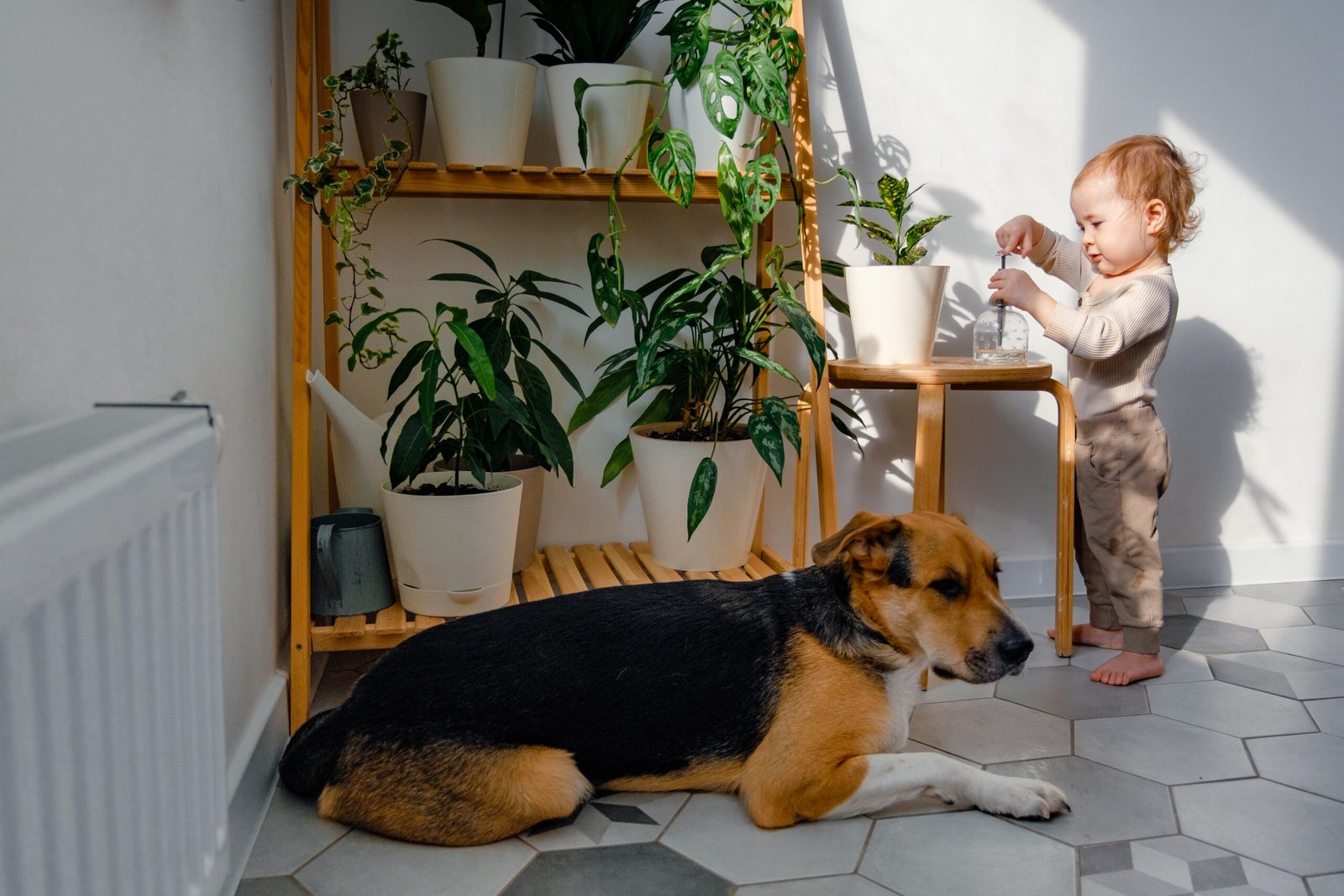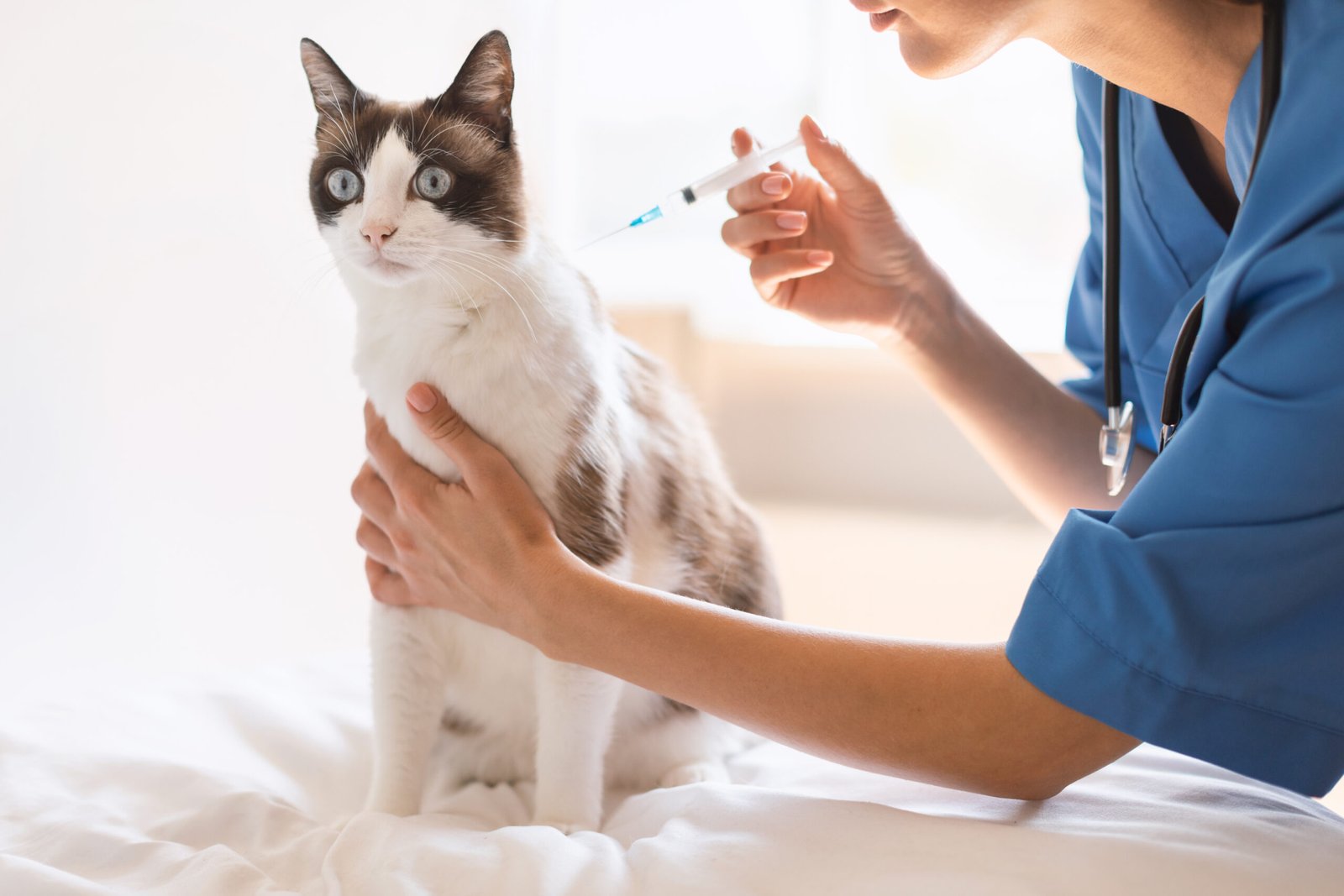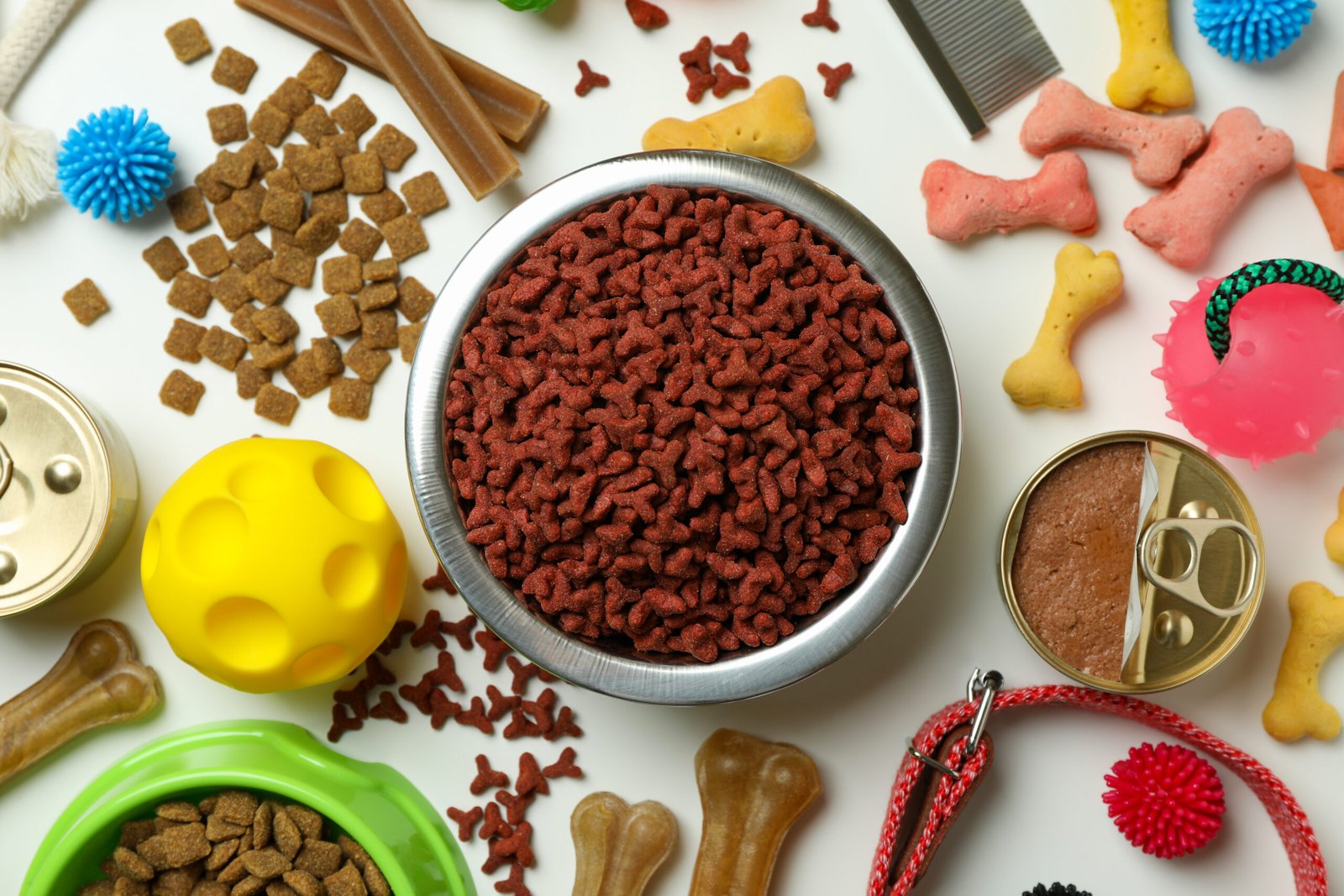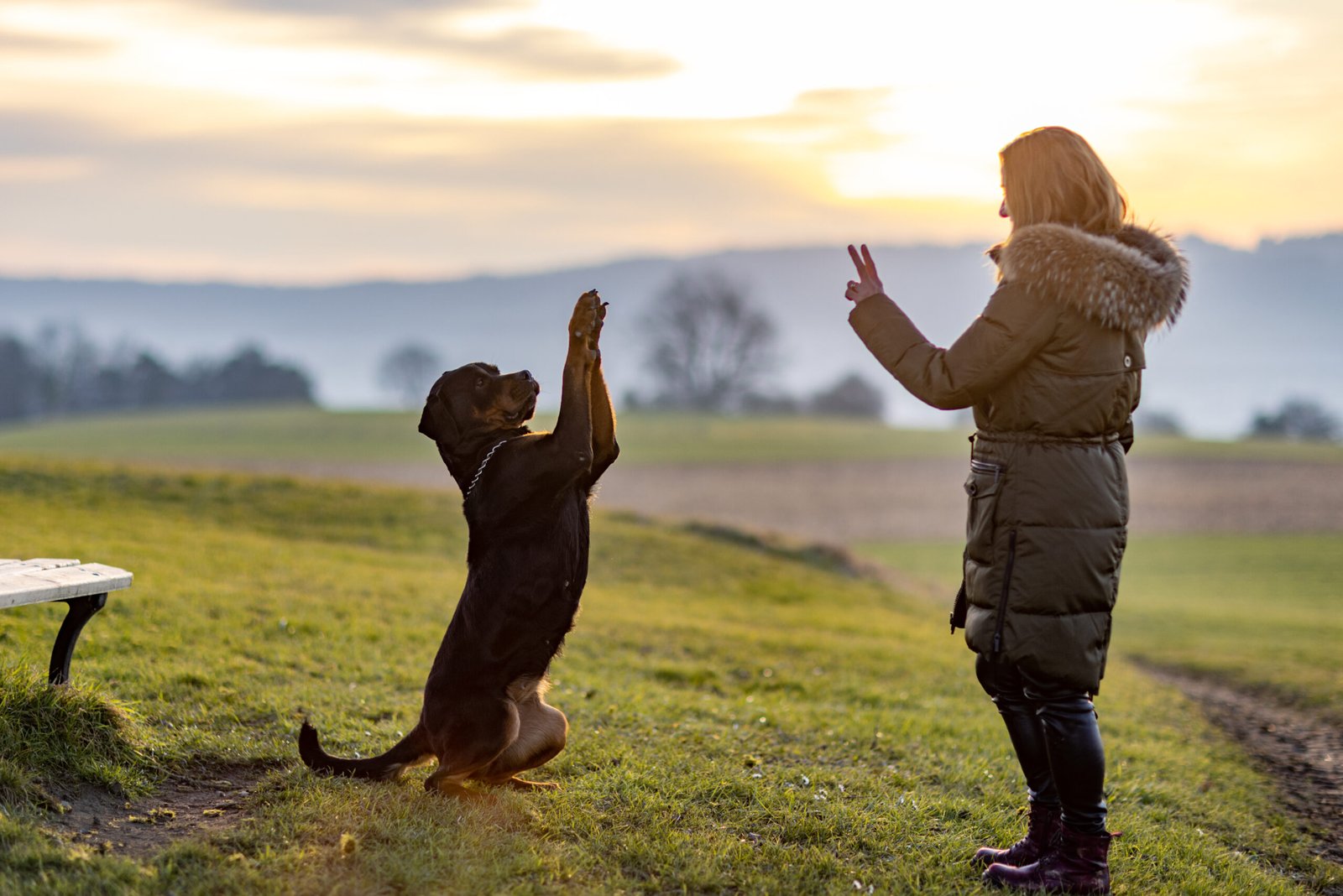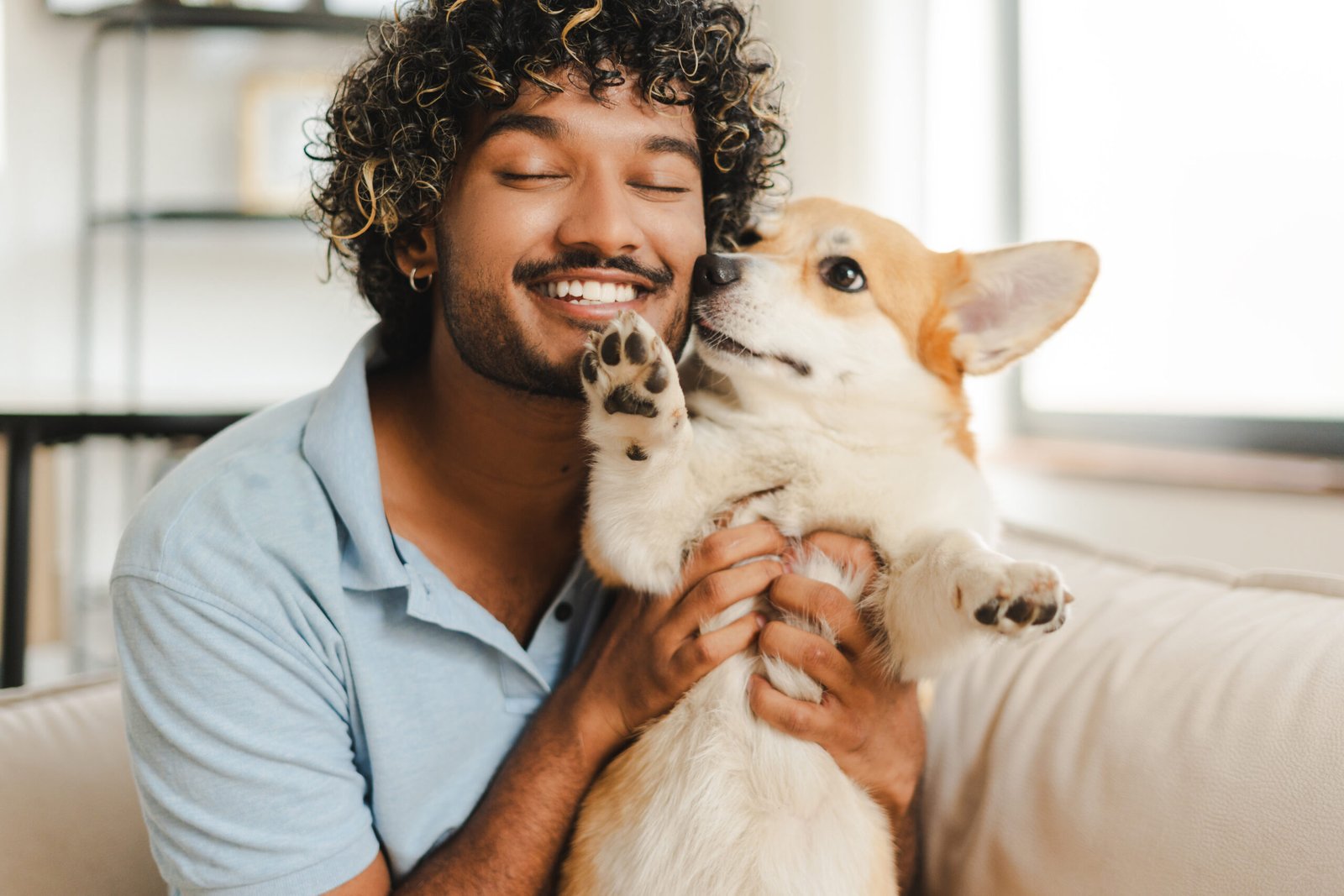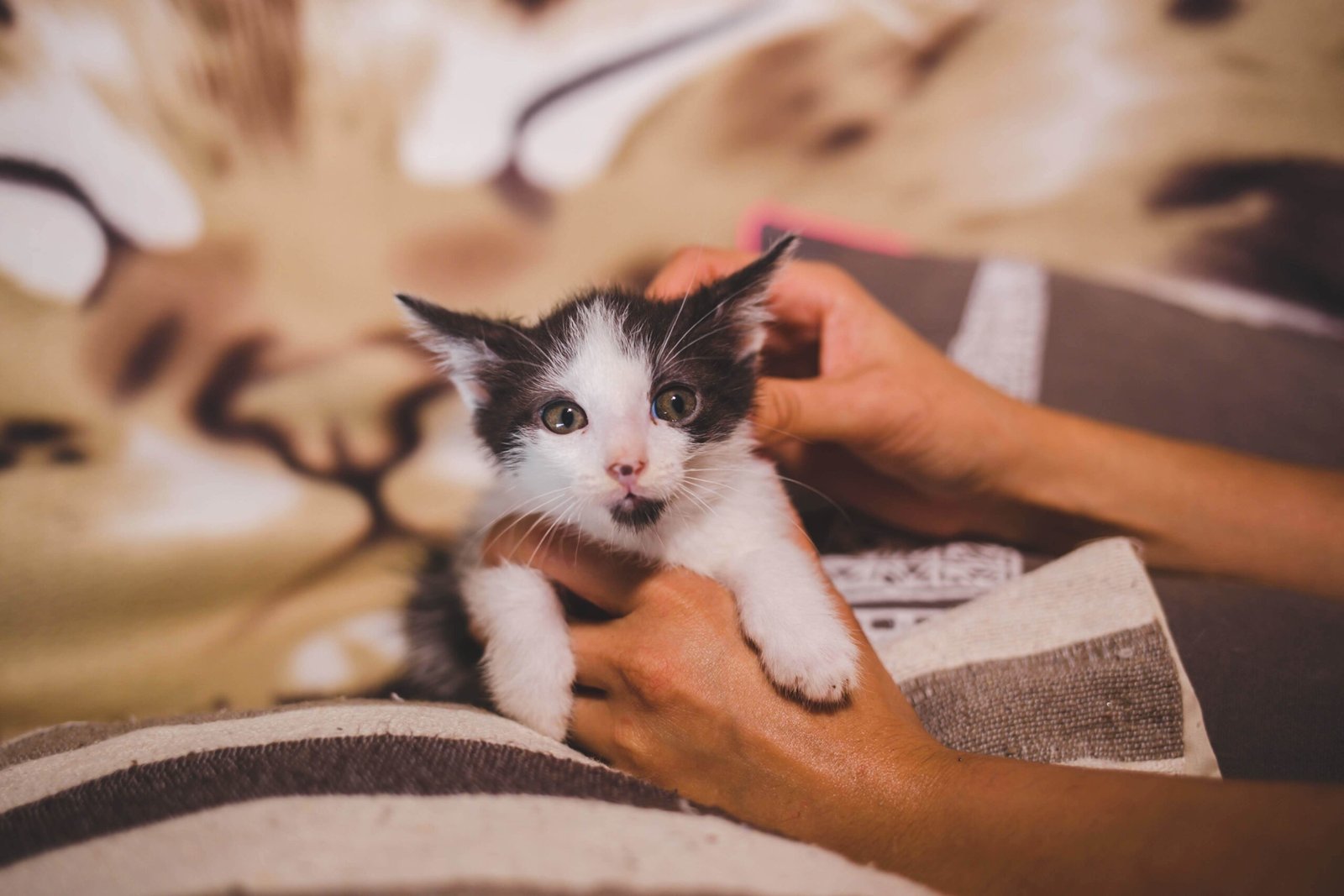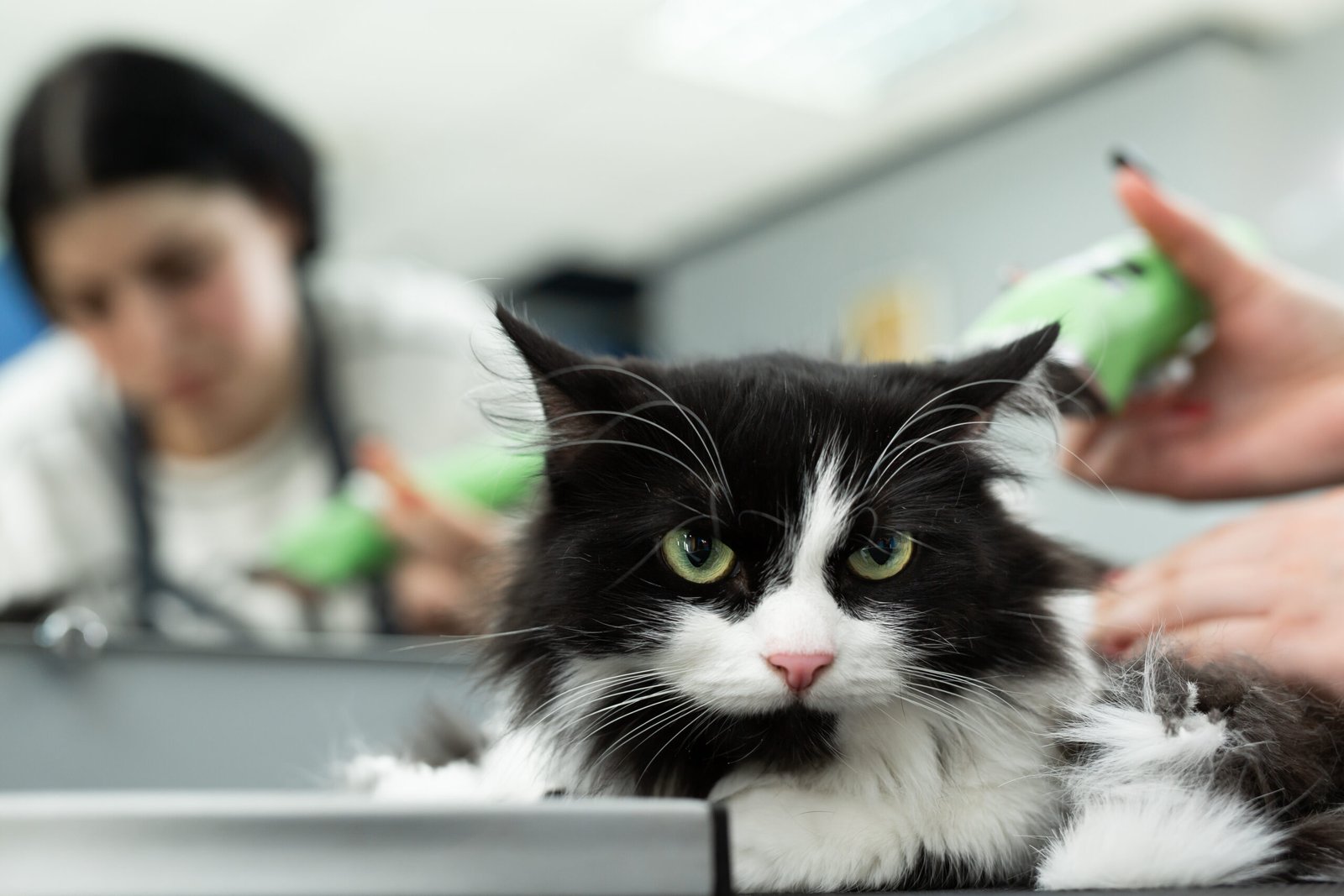Creating a safe and healthy home environment for pets is paramount for their well-being. As beloved family members, pets rely on us to provide a nurturing space where they can thrive physically and mentally. In this guide, we’ll explore essential tips that can help pet owners transform their homes into safe havens for their furry companions. From regular veterinary checkups to creating stress-free environments, let’s dive into the details of how you can ensure the utmost safety and comfort for your pets.
How To Create and Sustain a Healthy & Safe Environment for Your Pet
Ensuring a healthy and safe environment for your pet starts with regular assessments and modifications to your living space. It’s essential to frequently inspect and pet-proof areas to eliminate potential hazards that might put your pet at risk. Consider hidden dangers like toxic plants, dangling electrical cords, and tiny objects that curious pets might swallow. By proactively identifying and addressing these risks, you can prevent accidents before they occur.
A nurturing environment also includes access to clean, fresh water and a balanced diet, helping sustain your pet’s health. Setting up a comfortable resting area where your pet can relax is another vital step. A peaceful sleep space, coupled with regular grooming and vet visits, contributes to optimal health. Enrichment activities and safe toys ensure your pet enjoys mental and physical stimulation, reinforcing a harmonious, safe living environment.
– Remove toxic plants from all pet-accessible areas.
– Secure electrical cords to prevent chewing.
– Create a small object-free zone by tidying up regularly and storing items out of reach.
– Provide fresh water daily and consult your vet for dietary recommendations.
– Designate a pet bed or specific rest area to help your pet feel secure.
– Incorporate toys and engage in fun activities that suit your pet’s interests.
Maintain Regular Veterinary Checkups
Regular veterinary checkups play a vital role in monitoring your pet’s health. These visits are not only about vaccinations but also serve as opportunities for early detection of potential health issues. Early diagnosis usually translates to more effective treatment, ultimately offering better outcomes.
Veterinarians don’t just administer vaccines; they provide preventative treatments and can advise you on nutritional and exercise needs tailored for your pet. Routine checkups are a platform for you to discuss any behavioral changes or concerns, ensuring a holistic approach to your pet’s well-being. A strong vet-pet-owner relationship ensures timely interventions in emergencies, thereby enhancing the safety of your pet’s environment.
– Schedule vet check-ups at least twice a year.
– Use appointments to discuss diet, exercise, and any observed behavioral changes.
– Be proactive about vaccinations and preventative medications.
– Cultivate a rapport with your vet for trusted guidance.
– Maintain an updated record of your pet’s health history.
Keep a Clean and Safe Space for Pets
A clean environment is directly tied to your pet’s health and happiness. Regular cleaning of pet areas helps eliminate dirt, bacteria, and allergens, promoting hygiene in your home. Cleaning also includes safely securing any loose wires and cords, minimizing the risk of chewing and electrical hazards.
Hazardous substances, such as cleaning supplies and medication, should be stored in secured places out of your pet’s reach. Comfortable bedding tailored to your pet’s needs ensures restful sleep, contributing to their overall well-being. Frequent inspections help you identify and remove sharp objects or small swallowable items, making your home a safer place for pets.
– Commit to a cleaning schedule that includes your pet’s toys and bedding.
– Use ties or covers to secure cords and cables.
– Store all hazardous substances in high, closed cabinets.
– Opt for pet-friendly cleaning products.
– Regularly inspect for and eliminate potential hazards.
Create a Stress-Free Environment
Establishing a stress-free environment for your pets is essential for their mental and emotional health. Small changes can significantly reduce stress levels. For instance, designate quiet areas in your home where pets can retreat to escape noise and disturbances.
Utilizing calming colors and soft lighting can further alleviate stress, creating a soothing atmosphere. Introduce natural elements like plants and sunlight to promote peace, and minimize clutter to provide ample space for movement, reducing anxiety. Invest in pet-friendly furniture that enhances comfort and safety, reinforcing a sense of security for your pet.
– Set up a quiet corner away from household traffic.
– Choose calming colors such as blues and greens for pet spaces.
– Ensure access to natural light and fresh air.
– Declutter regularly to allow pets plenty of space.
– Invest in soft, durable pet furniture and accessories.
Healthy Diet & Exercise
A balanced diet is fundamental to your pet’s health. Ensuring they receive the right nutrients specific to their needs can dramatically impact their well-being. Regular exercise is equally important, helping maintain a healthy weight, boost mood, and improve quality of life.
Interactive toys and activities not only stimulate your pet mentally but also physically, keeping them engaged and active. Consultation with a veterinarian is crucial in customizing diet and exercise plans suitable for your pet’s age, breed, and health. Establishing a consistent schedule for meals and exercise aids both physical health and behavioral stability.
– Offer a diet rich in nutrients tailored to your pet’s age and breed.
– Schedule regular playtime for exercise and engagement.
– Consider toys like balls or interactive puzzles to promote activity.
– Use vet advice to tailor a balanced feeding plan.
– Set regular meal and exercise times to build a routine.
Keep Them Stimulated
Mental stimulation is crucial for preventing boredom and supporting a healthy pet environment. Engage your pets with a variety of toys to keep their minds active. Regularly rotating these toys can maintain their interest and provide varied stimulation options.
Interactive play sessions serve to solidify your bond with your pet while ensuring they receive physical activity. Setting up pet-friendly spaces with elements like scratching posts or tunnels adds an extra layer of fun, allowing exploration and engagement. Puzzle feeders or treat-dispensing toys offer a challenge, aiding in cognitive development.
– Rotate toys every few weeks to maintain novelty.
– Organize daily interactive play sessions.
– Include structures like ramps or tunnels for exploration.
– Choose toys that engage different senses and skills.
– Invest in puzzle feeders to enhance problem-solving abilities.
Make Time for Training & Socialization
Training and socialization are pillars of a safe home for pets. Allocating time each day to reinforce positive behaviors ensures your pet’s safety and comfort within their home. Training can also establish boundaries, preventing behaviors that might cause harm or accidents.
Socialization activities expose your pet to various environments, people, and animals, reducing fear and anxiety. This enhances overall mental well-being. Regular play and interaction can strengthen your bond, while monitoring progress allows you to adjust methods based on your pet’s unique personality needs.
– Dedicate 10-15 minutes daily for training exercises.
– Use positive reinforcement to encourage desired behaviors.
– Encourage socialization with other pets and varied environments.
– Be patient and adjust techniques per your pet’s temperament.
– Keep a log of progress to track growth and highlight areas needing improvement.
Creating & Sustaining an Eco-Friendly Environment For Your Pet
An eco-friendly home not only benefits the environment but can also be a healthier choice for your pets. Environmentally conscious choices include opting for biodegradable waste bags and choosing eco-friendly toys. Reducing your pet’s carbon pawprint can lead to a cleaner, safer habitat.
Adopting non-toxic cleaning supplies ensures that harmful chemicals are kept away from your pets. When gardening, choose safe, native plants and avoid chemical-laden pesticides. Prioritize sustainable pet food options to support environmental conservation. Furthermore, implementing waste management practices like composting contributes to an eco-friendly lifestyle.
– Use biodegradable pet waste bags.
– Select non-toxic, eco-friendly cleaning solutions.
– Create an organic, pet-safe garden.
– Choose pet foods with sustainably sourced ingredients.
– Practice composting where possible.
Essential Steps for a Safe and Healthy Pet Environment
| 🏠 Step | 🔍 Details | 🐾 Benefit for Your Pet |
|---|---|---|
| Inspect for Hazards | Regularly check for hidden dangers such as toxic plants, loose wires, and small objects. | 🛡️ Prevents accidental injuries or poisoning. |
| Provide Fresh Water | Ensure access to clean water daily; consult a vet for dietary needs tailored to your pet. | 💧 Supports hydration and overall health. |
| Set Up a Rest Area | Designate a specific bed or quiet area where your pet can relax undisturbed. | 🛏️ Creates a secure and peaceful space. |
| Use Pet-Friendly Cleaners | Opt for cleaning products free from harmful chemicals and secure any potentially toxic substances. | 🧼 Maintains a safe, non-toxic environment. |
| Secure Electrical Cords | Use cord covers or ties to prevent chewing hazards. | ⚡ Reduces the risk of electrical accidents. |
| Engage in Enrichment Activities | Provide toys, activities, and social interactions that align with your pet’s preferences. | 🧩 Stimulates mental and physical health. |
| Schedule Regular Vet Visits | Arrange biannual vet check-ups, covering vaccines, dietary advice, and early health assessments. | 🩺 Ensures preventive care and timely treatment. |
| Create a Stress-Free Zone | Establish a quiet corner with calming colors and access to natural light to reduce anxiety. | 🌞 Promotes relaxation and emotional stability. |
| Rotate Toys Frequently | Swap out toys every few weeks to maintain interest and provide diverse stimulation. | 🎾 Prevents boredom and keeps your pet mentally engaged. |
| Invest in Quality Bedding | Choose comfortable, durable bedding that supports your pet’s needs. | 🛌 Enhances rest and well-being. |
| Establish a Play Area | Designate a safe space indoors or outdoors for play, including soft surfaces and pet-safe plants. | 🏃 Encourages physical exercise in a controlled space. |
| Utilize Natural Lighting | Maximize exposure to natural light by setting up spaces near windows or open areas. | 🌤️ Boosts mood and overall health. |
| Train with Positive Reinforcement | Use treats and positive reinforcement to establish good habits and behaviors. | 🍖 Strengthens the bond and encourages desired behavior. |
| Use Eco-Friendly Options | Choose biodegradable waste bags and non-toxic materials for toys and furniture. | 🌎 Reduces environmental impact and is safe for pets. |
5 Tips to Keep Your Pet Safe at Home
Keeping your pet safe involves vigilance and proactive measures. Ensure that all toxic substances, including cleaning products and medications, are securely stored beyond your pet’s reach. Regularly inspect your home for loose items that could pose choking hazards.
Creating a designated retreat space allows your pet comfort away from household traffic. Opt for pet-friendly plants and carefully choose decor to prevent accidental poisoning. In areas that are unsafe or off-limits, install barriers or pet gates to prevent accidental injury.
– Secure cleaning products and medications in locked cabinets.
– Remove small items from floors and accessible surfaces.
– Set up a quiet, comfortable space for your pet to rest.
– Use non-toxic plants to beautify your home safely.
– Place gates around dangerous areas to prevent access.
What are some essential steps to pet-proof my home?
Pet-proofing your home starts with removing hazardous items that could harm your pet. Ensure cleaning products, medications, and electrical cords are out of their reach. Securing windows and doors will prevent accidents or escapes, protecting them from external dangers.
Choose pet-friendly plants to avoid accidental toxicity if chewed or ingested. Creating a designated pet area complete with toys, bedding, and food/water stations enhances security. Additionally, using pet-proof trash bins prevents inquisitive pets from harmful exploration and potential choking risks.
– Install childproof latches on cabinets with hazardous substances.
– Secure all windows and door screens to prevent escapes.
– Identify and remove toxic plants such as lilies and aloe.
– Dedicate a safe corner of your home as a pet area.
– Opt for covered trash bins to deter curious investigations.
How can I ensure the plants in my home are safe for my pets?
Ensuring the plants in your home are safe for pets begins with research. Identify non-toxic greens to incorporate in your decor, ensuring your pet won’t suffer adverse reactions from accidental consumption. It’s crucial to avoid any plants known to be harmful and place questionable ones high or out of reach.
Regular monitoring of your pets around houseplants can prevent unintentional ingestion. Implementing barriers or deterrents will keep plants away from curious reach. Educating yourself on symptoms of plant poisoning helps in identifying issues and acting quickly to consult a vet if needed.
– Use reputable online sources to verify plant safety for pets.
– Place planters on high shelves or hang them when doubtful.
– Install baby gates or fencing around larger plant setups.
– Keep emergency vet numbers handy for quick advice on poisoning symptoms.
– Cloudsafety measures for pet access to plant areas in your home.
What household items or substances should I keep out of reach of my pets?
Many household items and substances can pose significant risks to pets if accessed. Secure cleaning supplies and chemicals as they could be toxic if ingested. Medications and vitamins should be stored well out of curious reach to avoid harm or potential overdose.
Coins, small toys, and jewelry represent choking hazards, and specific foods like chocolate, grapes, and alcohol can be life-threatening to pets. Ensuring that electrical cords and wires are hidden or out of reach can prevent pets from harmful chewing or electrocution.
– Choose high or locked storage solutions for all medications and cleaning agents.
– Keep personal items like jewelry and small trinkets in closed drawers.
– Educate household members about pet-safe foods and their potential dangers.
– Use cord concealers or arrange furniture to hide wires.
– Periodically review areas your pet accesses to foresee new risks.
How can I create a safe outdoor space for my pets?
Creating a safe outdoor space allows pets the freedom to play and explore securely. A secure fence is the first line of defense against potential dangers or escapes. Ensure the removal of any toxic plants, and hazardous objects from your outdoor area prevents accidental ingestion or injury.
Providing shaded zones and freshwater enables pets to stay comfortable, especially in hot weather. Implementing pest control measures helps protect them from harmful insects. Safe toys and designated play zones promote physical activity while minimizing the risk of accidents.
– Regularly inspect the yard for fence breaches or weak spots.
– Remove plants like azaleas or oleander that are toxic to animals.
– Set up shaded shelters or blanketed areas in your garden.
– Use natural or pet-safe pest deterrents around your yard.
– Establish a specific “play zone” with monitored toys and games.
What safety measures should I take for my pet when using household appliances?
Household appliances can present unforeseen risks to curious pets. Ensure all appliance cords are securely tucked away, preventing them from being chewed, which can cause serious injury. Using safety covers on switches and buttons helps avert accidental activation by your pets.
When appliances are not in use, keep them inaccessible, especially those with sharp or moving parts. Regular maintenance checks ensure appliances are functional and pose no hazards. Educating yourself on appliances that emit harmful substances will help you keep pets safely distant.
– Install cable organizers to group and hide cords from appliance areas.
– Invest in appliance locks for doors and buttons.
– Always close washing machine and dryer doors when not in use.
– Perform routine checks to identify any malfunctioning appliance parts.
– Understand appliance functions and place harmful or heat-emitting units in areas off bounds for pets.
Wrapping Paw-sitive Protection for Pets
Creating a nurturing home environment for your pets is an ongoing process requiring attention, love, and proactive steps. From securing household hazards to engaging in regular veterinary care and creating mentally stimulating environments, these strategies contribute to a holistic and safe lifestyle for your furry companions. By following the guidelines provided in this comprehensive guide, pet owners can ensure their homes are havens of health, safety, and happiness tailored to the needs of their beloved pets. Embrace these transformative practices and watch your pets thrive in their ultimate playground, your home.
